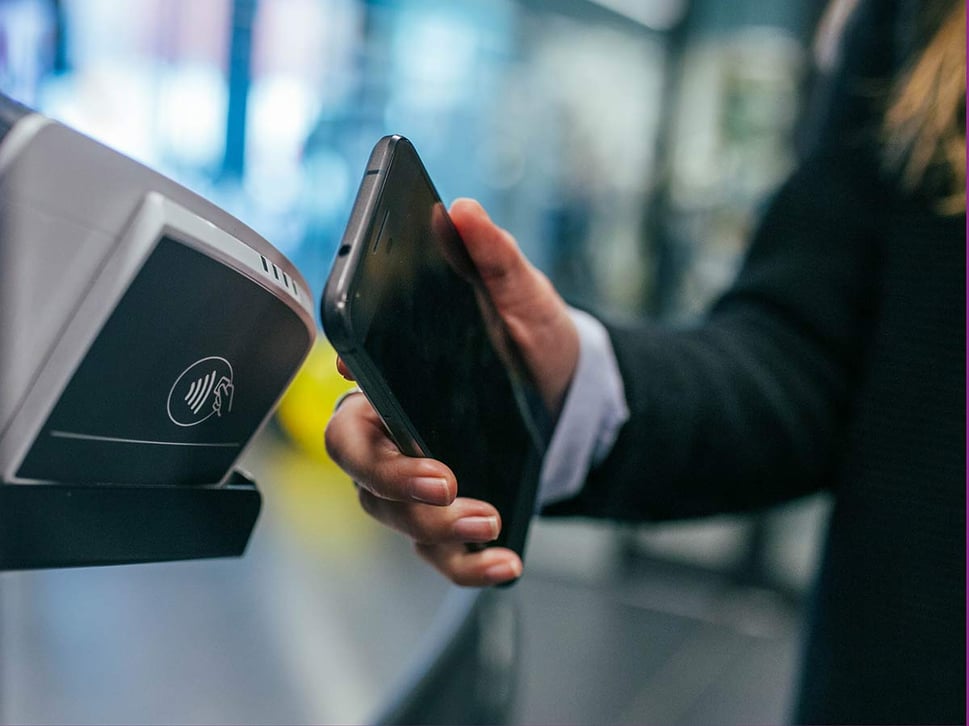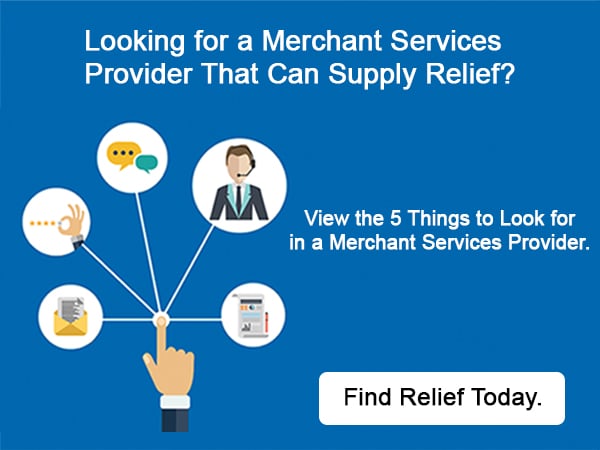
NFC (near-field communication) is a newer type of mobile payments that’s quickly gaining popularity, especially among the younger demographic of consumers. Unlike traditional card-present payments that require the card to be manually swiped or inserted, NFC mobile payments demands no such contact. That’s why it’s sometimes referred to as a “contactless payment.”
For the NFC mobile payment to occur, the merchant needs to have an NFC-enabled terminal, mobile card reader or point-of-sale system compatible with a mobile wallet app on the customer’s device. When ready to pay, the customer has to hold their phone or tablet close (no more than 4 inches) to the payment equipment. At that moment, the two devices exchange encrypted information on a particular radio frequency to complete the transaction in just a few seconds.
Speed and convenience are, in fact, the two biggest advantages to using mobile NFC payments. They are much faster and simpler than other forms of payments, especially cash and check. The convenience comes from not having to carry your wallet everywhere, which, considering how attached we are to our mobile devices, is more likely to be left at home than our phone.
When it comes to any emerging technology, especially one that deals with such an important element such as our money, there’s always one big question — is it secure? With NFC payments, the answer is yes! Like other types of mobile payments, NFC payments comply with secure credit card processing standards by utilizing tokenization as a method of encryption. Tokenization is a tool that generates a unique combination of numbers and letters that replaces sensitive cardholder data and can only be decrypted by the device that it’s indented for.
As payments with mobile technology evolves to provide us with ease of access to an increasing number of features, NFC will only become a stronger payment force to reckon with. Equipping your business with NFC capability means not only attracting Millennials, who already represent the largest living generation, but also preparing for the inevitable dominance of contactless payments in the future.









 Facebook
Facebook Twitter
Twitter LinkedIn
LinkedIn Youtube
Youtube Glassdoor
Glassdoor